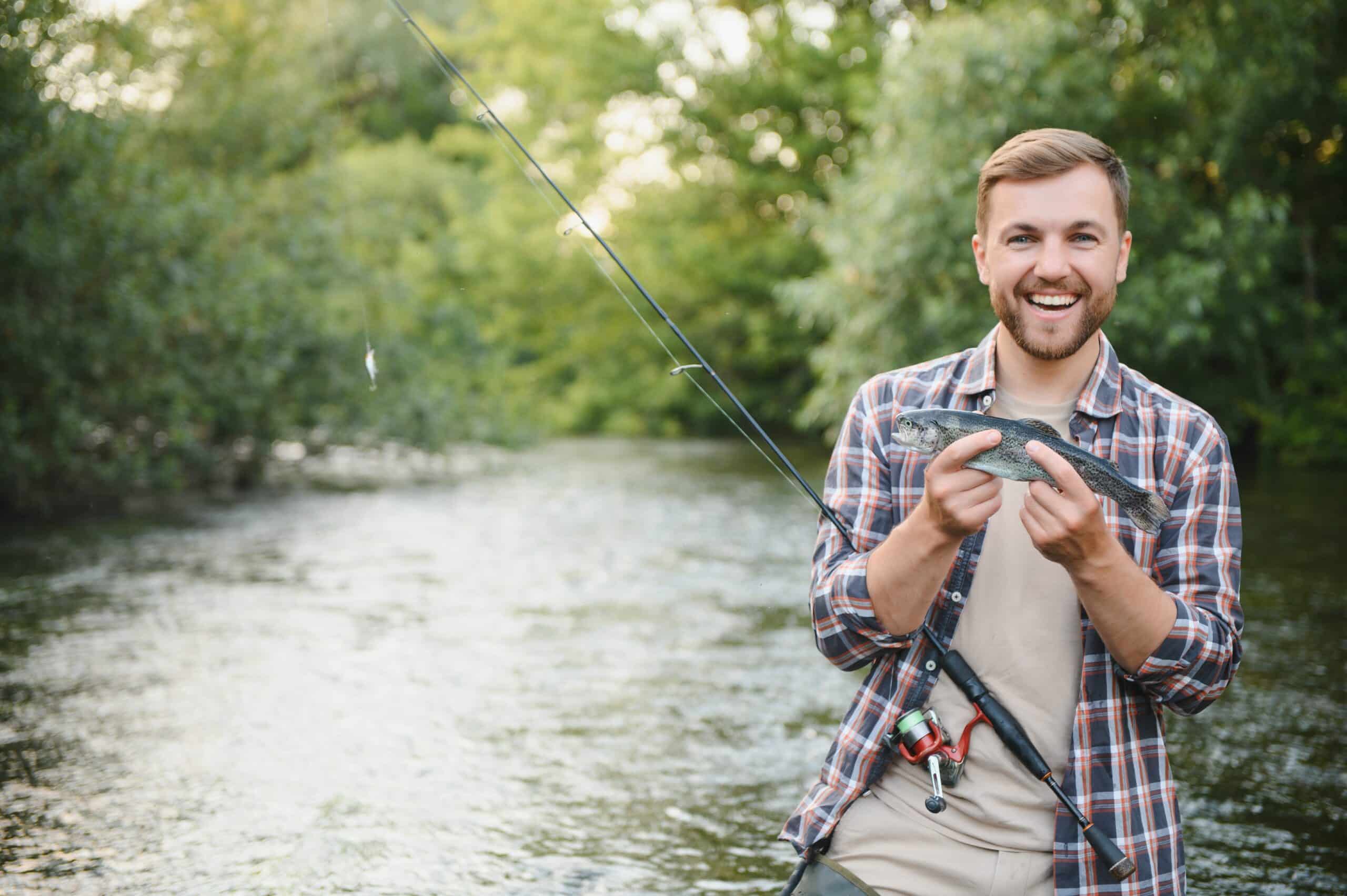What do you tip on a fishing trip?
Key Takeaways
- Tipping on a fishing trip is customary and expected as a way to show appreciation for the crew’s hard work and dedication.
- The average tip amount for a fishing trip ranges between 10% and 25% of the total trip cost, with specific recommendations ranging from 10-20% to 20-25%.
- The tip amount can be influenced by factors such as the size of the boat and crew, the length and type of the trip, personal satisfaction and fishing results.
When it comes to tipping on a fishing trip, the general consensus is that it is customary and expected. Tipping is a way to show appreciation for the hard work and dedication of the crew who ensure you have a memorable and enjoyable experience. While tipping is not mandatory, it is considered good etiquette to leave a gratuity for the fishing charter. The amount to tip can vary depending on several factors, including the total trip cost, the size of the crew, the quality of service, personal satisfaction, and your budget and discretion.
Gratuity Guidelines
According to various sources, including Captain Experiences, Fishy Features, TomsCatch, and Any Creek, the average tip amount for a fishing trip ranges between 10% and 25% of the total cost of the trip. Fishy Features recommends tipping between 15% and 20% of the total trip cost, while Any Creek suggests a standard range of 20-25%. Captain Experiences and TomsCatch both mention a range of 10-20%. These guidelines provide a starting point for determining an appropriate tip amount.
Factors to Consider
The tip amount can be influenced by several factors. The size of the boat and the number of crew members can impact the tip amount, as larger boats with more crew members may require more effort to ensure a successful fishing trip. The length and type of the trip also play a role, as longer trips may involve more time and resources from the crew. Additionally, personal satisfaction and fishing results can influence the tip amount, as a particularly enjoyable or successful trip may warrant a higher tip.
Communication and Expectations
It is important to communicate your expectations with the captain or guide before the trip. They can provide guidance on tipping customs and may have specific recommendations based on their experience. During the trip, it is essential to listen to their advice and instructions, be respectful and courteous, and follow any safety guidelines. If any issues arise during the trip, it is best to communicate your concerns with the crew or captain and try to resolve them amicably.
Alternative Ways to Show Appreciation
In addition to tipping, there are other ways to show appreciation for a fishing charter experience. Leaving a positive review online can help promote the charter and attract more customers. Bringing a thoughtful gift for the crew, such as snacks or beverages, can also be a nice gesture. Sharing your catch with the crew or captain is another way to express gratitude. These alternative methods of appreciation can complement or replace tipping, depending on your preferences.
Regional Differences
Tipping customs may vary across different countries and regions. Different expectations or guidelines for gratuity amounts may exist depending on local customs and practices. It is important to be aware of the tipping etiquette specific to the location of your fishing trip. If you are unsure, it is always helpful to ask the captain or consult local resources for guidance on appropriate tipping amounts.
Conclusion
Tipping on a fishing trip is a way to show appreciation for the crew’s hard work and dedication. While there are general guidelines and ranges for tip amounts, it ultimately comes down to personal discretion and budget. Factors such as the total trip cost, the size of the crew, the quality of service, personal satisfaction, and fishing results can all influence the tip amount. It is important to communicate your expectations, be respectful and courteous during the trip, and consider alternative ways to show appreciation if tipping is not feasible or preferred. Remember to also consider any regional differences in tipping customs. Ultimately, your tip should reflect your satisfaction with the experience and your desire to acknowledge the efforts of the crew.
Related Websites:
FAQs:
Q: Why is tipping customary in the service industry?
Tipping is customary in the service industry as it allows customers to show appreciation for the quality of service received. It helps to incentivize and motivate service providers to deliver exceptional experiences.
Q: Why is tipping important for fishing guides and crew members?
Tipping is significant for fishing guides and crew members as it is a major part of their income. They rely on tips to supplement their wages and support their livelihoods, making it essential to recognize their hard work and dedication.
Q: What factors should be considered when deciding how much to tip?
When deciding how much to tip on a fishing trip, factors to consider include the duration and quality of the trip, the number of crew members involved, the level of service received, and overall satisfaction with the experience. These factors help determine an appropriate tip amount.
Q: What are the general guidelines for tipping on a fishing trip?
A general guideline for tipping on a fishing trip is to tip within a percentage range based on the cost of the trip, typically around 15-20%. It is also important to consider the overall experience when determining the tip amount. Additionally, remember to acknowledge and tip crew members who work behind the scenes.
Q: Are there other ways to show appreciation besides tipping?
Certainly! Besides tipping, you can show appreciation by writing a positive review or testimonial for the fishing guide/charter, referring friends and family to their services, or offering constructive feedback for improvement. These gestures go a long way in expressing gratitude.






